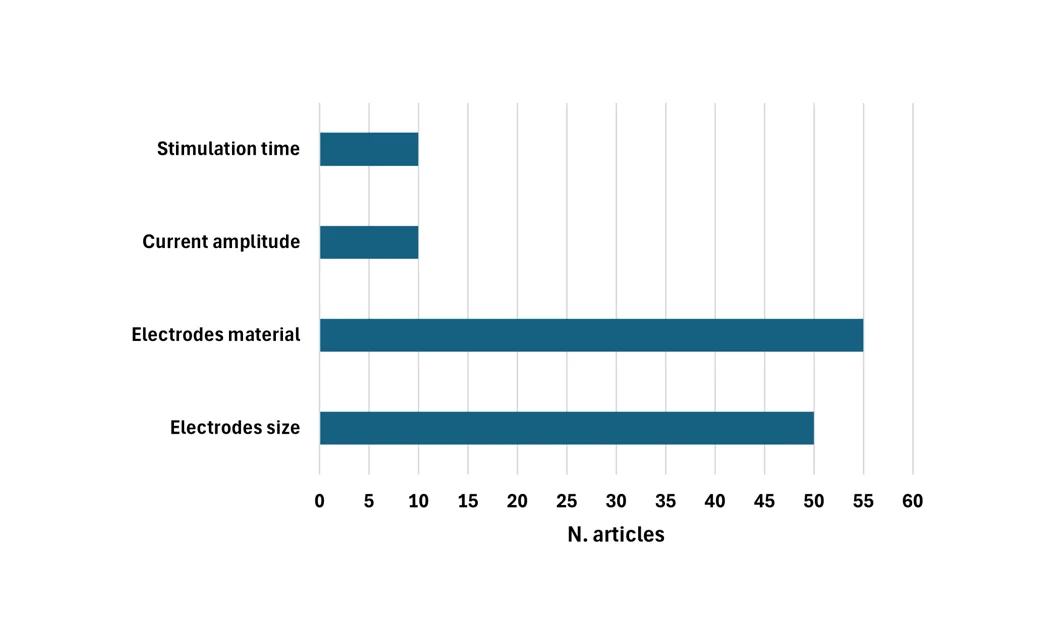Author — Pasquale Arpaia, Anna Della Calce, Lucrezia Di Marino, Luciana Lorenzon, Luigi Maffei, Pedro M. Ramos.
IndexTerms — EEG, tES, personalisation, closed-loop,icine
Abstract — Objective. This article presents a systematic review of the combined use of electroencephalography (EEG) and transcranial electrical stimulation (tES) in clinical and healthy populations. The research questions address EEG’s role in designing, monitoring, or assessing tES treatments. Furthermore, the review examines whether EEG responses to specific tES configurations are generalizable.
Methods. A systematic search was performed in Google Scholar, PubMed, Scopus, IEEE Xplore, ScienceDirect, and Web of Science using the query: “EEG AND (tDCS OR transcranial direct current stimulation OR tACS OR transcranial alternating current stimulation OR tRNS OR transcranial random noise stimulation OR tPCS OR transcranial pulsed current stimulation)” applied to article titles. Study quality was assessed using the Quality Assessment Tool for Quantitative Studies (QATQS).
Results. Among the 152 included studies, the majority employed EEG after tES to assess the neurophysiological effects of stimulation. Only a limited number utilized EEG to inform the design of stimulation protocols, and none implemented real-time EEG feedback to dynamically adjust tES parameters. A subset of studies integrated both ap- proaches, using EEG data to design the stimulation setup and to evaluate post-stimulation outcomes. Considerable variability was observed in electrode configurations, stimulation parameters, and EEG features analyzed, which hinders cross-study comparisons of electrophysiological effects. In several cases, changes in EEG features did not reach statistical significance, despite standardized stimulation protocols and target populations. Overall, the methodological quality of most studies was rated as weak.
Conclusions. The identification of tES stimulation setups producing generalizable EEG outcomes across studies remains challenging. Contributing factors include incomplete reporting of stimulation parameters, variability in EEG features analyzed, and phenotypic heterogeneity among participants. A promising shift is emerging toward EEG-guided closed-loop protocols, with stimulation settings adapted to the effects observed in each individual, although without real-time adjustment to date.
Significance. This review highlights the critical role of EEG, when employed both before and after tES treatment, in supporting the transition toward a personalized approach to transcranial electrical stimulation.

